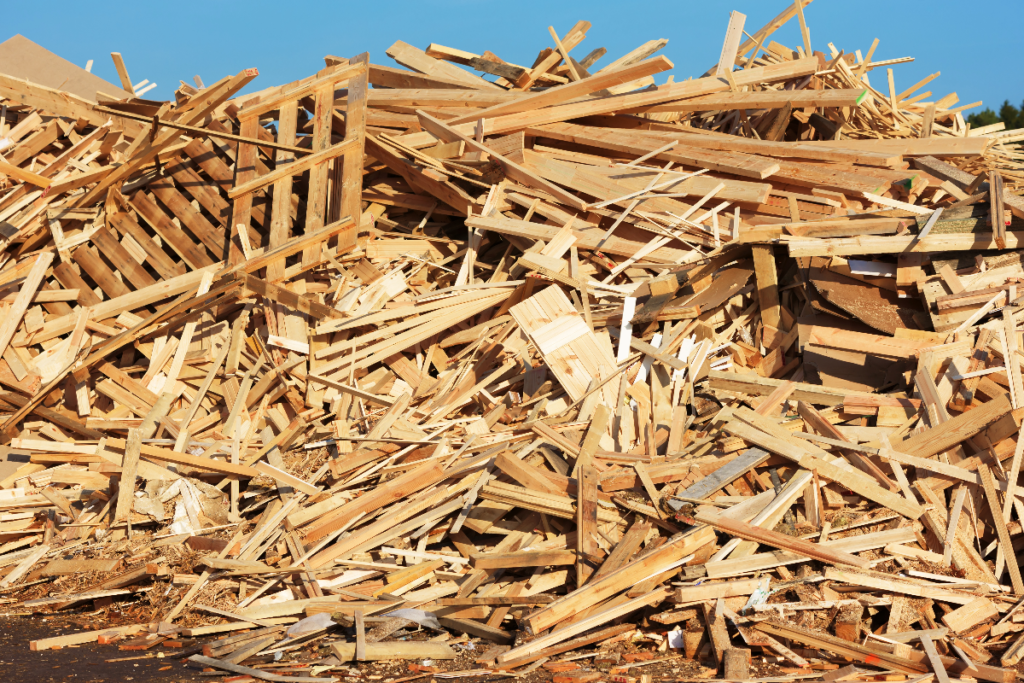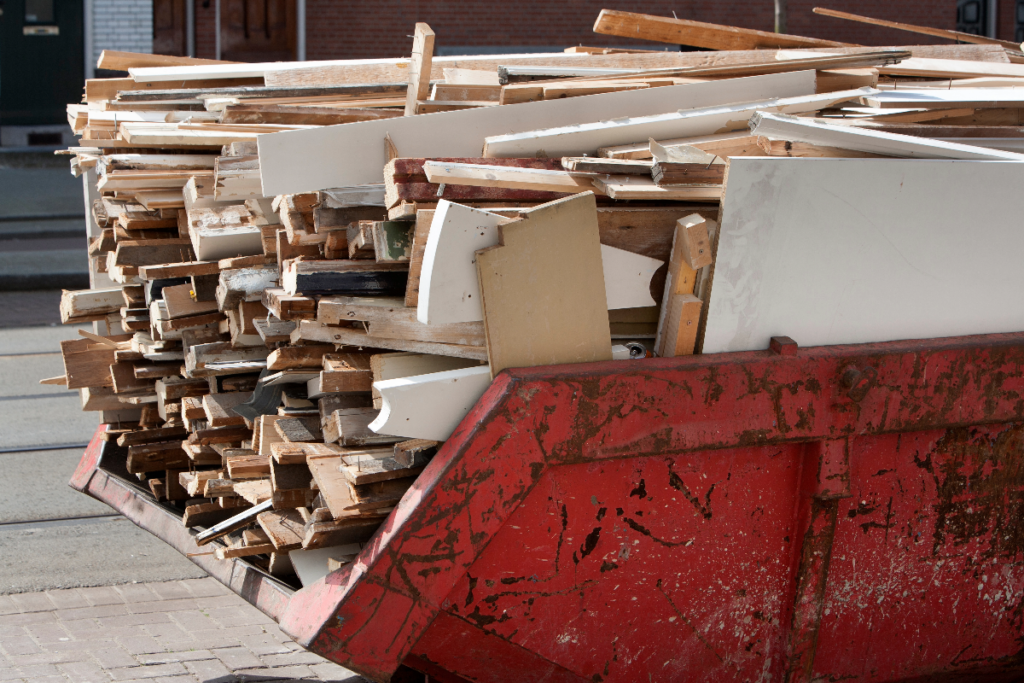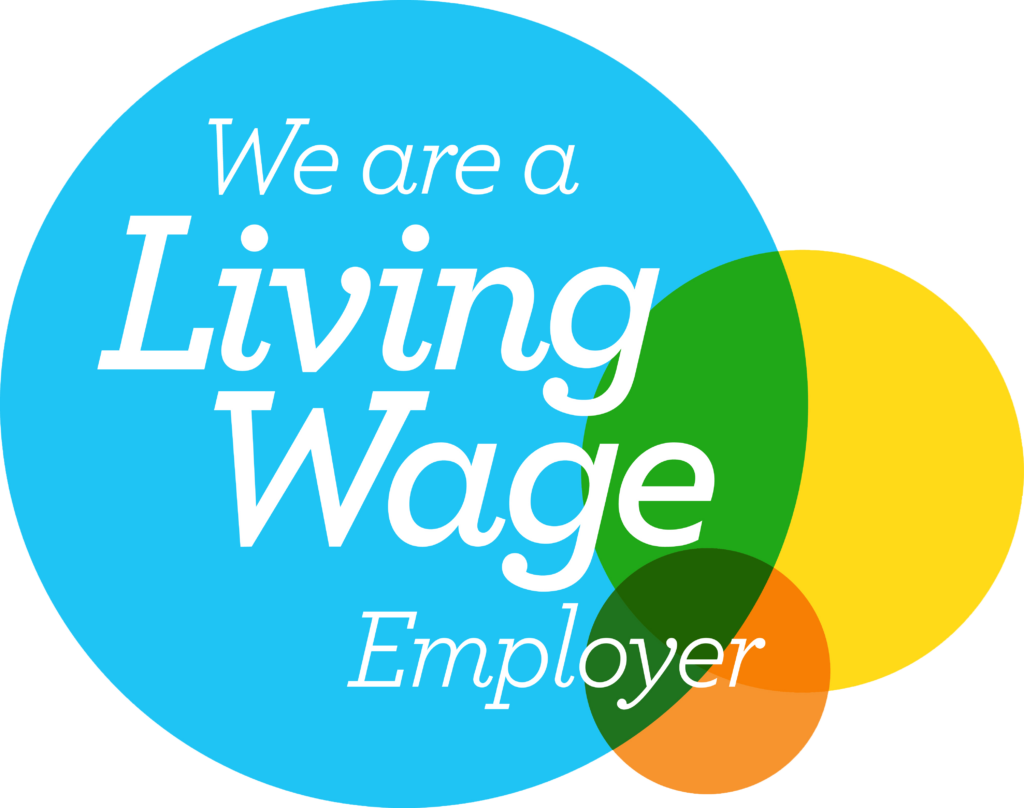BLOG
How you dispose of wood waste is changing

From next month, the Wood Waste Regulations are changing. This is set to impact how any potentially hazardous wood waste is handled and disposed in the construction industry. But what exactly are the changes and how will these changes effect the construction industry?
How is wood waste currently treated?
Currently, wood from Construction and Demolition (C&D) sites can be sent for recycling. Wood can currently be treated as non-hazardous and can go for recycling as long as it doesn’t mix with your dry mixed recycling. This material can then go on to be turned into new products including recycled wood pallets or even pellets to create energy.
Want to find out how we turn waste wood into pellets? Click here!
What’s changing with how you dispose of wood waste?
The Environment Agency has confirmed that the Regulatory Position Statement (RPS) 250 will be withdrew from September 1st 2023. This means that wood waste from the construction and demolition industry will need to be treated as potentially hazardous.
The Wood Recyclers Association (WRA) has tested different types of wood to establish the hazardous waste content within items. From this testing, the Environment Agency has decided to withdraw this regulation from September. In order to send wood to recyclers, the wood will need to be analysed first to prove that the wood is non-hazardous.


Which wood waste items are considered hazardous?
As part of its Waste Wood Classification Project, the WRA has labelled 10 different items as hazardous. If these are from pre-2007 buildings, they will automatically be classed as hazardous unless proved otherwise. These items are:
- Barge boards
- External fascia
- Soffit boards
- External joinery
- External doors
- Roof timber
- Tiling cladding
- Tiling battens
- Timber frames
- Timber joists
There is also the current Grade D wood list that is also considered as hazardous waste. This includes:
- Telegraph poles
- CCA treated wood/ Creosote treated wood
- Railway sleepers
- Waste wood from hydraulic
- Engineering (e.g. docks)
- Wood from boats or ships
- Trailor beds
The WRA continues to test new materials and has indicated that it expects to add more categories to the hazardous items.
What does this mean for the construction industry?
If your site has any of the above waste, you’ll need to treat it as hazardous. These materials will no longer be able to go to wood recyclers unless they are sent for a test. This will ensure that they do not contain any hazardous materials. If they pass the test, then they can go to wood recyclers for reuse and recycling. You should already be classifying Grade D wood as hazardous with the new pre-2007 list outlining new materials. The onus moves from the wood reprocessors to the waste producers to identify, test and classify materials at the source. It’s now the responsibility of the construction and demolition site to ensure safe and correct disposal.
Want to stay up to date with all the latest news from the waste industry? Check us out on LinkedIn!
Why are the rules changing?
The WRA has said the withdrawal of RPS 250 will help wood recyclers to avoid the substantial costs and potential stigma of “becoming hazardous waste sites for the sake of a very small amount of material”. There were fears that if the processes were to continue as they were, the wood waste market could be disrupted with companies unable to continue trading.
The removal of RPS 250 will also make sure that any materials that could be potentially hazardous are treating correctly. The new rules prevent any hazardous materials from being sent to biomass or back into panelboard markets. This ensures that everyone who encounters the material is staying safe.
Contact Us
Flame UK can provide a total waste management plan for your construction site to keep your site fully compliant with all legislation. Our experts can also help your site to focus on more sustainable waste practices to help reduce your business’ carbon footprint. Get in touch today to find out more about how Flame UK can support your business.




